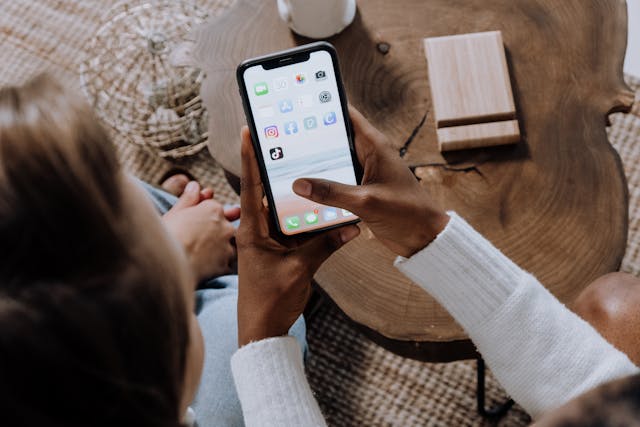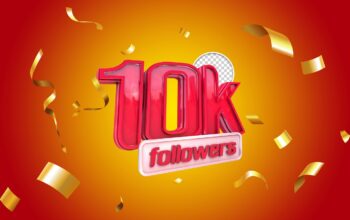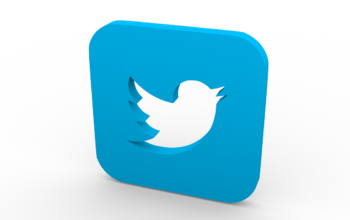With over 1 billion monthly active users, Instagram represents an immense opportunity for brands looking to visually engage audiences. However, simply having a presence isn’t enough. In order to cut through the noise, brands need to strategically post content at times when followers are most active. That’s why one of the biggest Instagram marketing challenges is determining optimal posting times for maximum reach and engagement. Thankfully, analyzing historical performance data and implementing testing provides brands with the inputs needed to unlock what works best.
This article will explore actionable tactics for finding the best times to post on Instagram for enhanced visibility and engagement. Let’s dive into how to maximize your Instagram efforts.
The Importance of Instagram Post Timing
With the average user spending 53 minutes daily on Instagram, the platform continues to see explosive growth as one of today’s most influential networks. As more brands shift budgets into Instagram advertising, organic competition for reaching followers grows fiercer daily.
Posting at the right times marks a key opportunity to break through the noise. Content shared during active periods sees higher visibility in the Instagram feed, driving more likes, comments, and overall engagement. This directly impacts positioning in hashtags and Instagram’s recommendation engine.
Strategic timing also boosts audience sentiment towards a brand. Determining your audience’s preferred times to be on the platform offers an easy win to improve performance.
So, what specific timing will unlock better engagement? While optimal times depend on your audience and content type, let’s explore some evergreen best practices to get started.
Best Practices for Finding Your Audience’s Ideal Times
1. Analyze Historical Posting Times and Performance
Start by reviewing when you have posted over the past 3-6 months, and how content performed at different times of day. While longer periods show more reliable trends, keeping the date range recent ensures relevancy.
Within Instagram Analytics, compile posting times and engagement rates for each post. Plot days of the week by average engagement rates. This charts when your audience is most active. If you notice that Mondays at 11 AM see the highest rates, then that can tell you it’s a great time to make a post.
2. Consider Follower Demographics and Behavior
While data reveals ideal times, your audience makeup also provides directional guidance. Ask yourself:
- Where do the majority of my followers live? Time zones impact ideal windows.
- What age groups comprise most of my audience? Ages indicate active periods.
- Do followers tend to be professionals or students? Work and class times differ.
If you primarily reach college students up late studying, aim for posts between 8-10 PM when scrolling peaks before bed. Professionals may prefer midday breaks or morning commutes.
3. Define Your Posting Cadence and Consistency
Posting more than once per day can seem beneficial, but too much content actually hurts reach as you saturate followers. Find a sustainable posting cadence for your resources between daily posts, twice a week, or two to three times per week.
Then, set your intended posting times and stick with this consistency. Followers come to expect and appreciate content at the same points of the day, building habitual checking behavior that boosts impressions over time.
4. Always Consider Content Type
While target follower demographics indicate the best overall time, for ideal engagement, you should tailor your timing to the type of content you want to post.
For example, tutorials and educational content tend to perform best during weekday working hours when people are searching for solutions. More inspirational brand stories resonate during downtime or after work. And urgent promotions hit hardest on midday Fridays.
5. Try Instagram Ad Testing for Validation
As a final check, consider running A/B Instagram ad campaigns with your top-performing historical post times against a few others. With advertising support, you can isolate timing as the only variable for clear data signals on ideal options. This validates whether your historical times continue outpacing alternatives.
Optimal Times to Post on Instagram
While your specific audience and use case require dedicated testing, extensive studies reveal patterns around the highest Instagram engagement rates. Let’s examine the top post-timing windows.
Weekdays vs. Weekends – Posting when most people work, midweek content generally outperforms weekends for reach and engagement. Wednesday at 11 AM comes as the single best weekday time, great for educational and industry content.
Mornings – Consistently performing better than afternoons and evenings, early mornings, like between 8-10 AM, engage professional users starting their days. Inspiring, uplifting content resonates best.
Lunch Hours – Midday times around 11 AM – 1 PM cater to professionals on break from work. Quick, interesting, or funny content works best to provide entertainment and enjoyment.
Early Evenings – For B2C brands targeting younger demographics, the hours after school or work, like from 5-7 PM when people relax before transitioning to evening activities, are great for engagement, especially for storytelling posts.
Late Evenings – Similarly, the hours just before bed from 8-10 PM give chill downtime for youth and college audiences. More profound or provocative messages stand out while winding down.
Testing and optimization uncover the exact best times for your audience and niche. But focus on initial experiments using these engagement windows as a starting point.
Maximizing Instagram Efforts
While timings mark just one lever, brands with limited resources must factor timing and consistency into an Instagram strategy for optimizing impact. Below are key points for execution:
- Analyze historical performance by posting times, days, content types, and audiences to reveal the highest engagement preferences.
- Account for follower demographics like locations, ages, and work schedules that likely impact online times.
- Standardize an intended posting cadence between daily, a few times a week, or weekly based on sustainable creation capacity.
- Plot tentative daily posting times, adjusting windows by content type. Remain adaptable to special events or opportunistic moments.
- Stick to consistent times for audiences to instill viewing habits and expectations around your content once identified.
- Always pursue Instagram analytics to optimize your approach over time based on performance data. Every audience differs.
While increasing reach remains a top goal for Instagram marketers, remember that quality engagement is the precursor to explosive organic growth.
Followers who actively like, comment and share content expose brands to new potential advocates through Instagram’s content recommendation engines. Posts only earn visibility through engagement.
Conclusion
Determining when your target Instagram audience engages most online is an accessible opportunity to improve branded content visibility organically. Smarter timings directly lead to enhanced impressions, engagement, and community growth.
By researching historical performance, assessing follower demographic preferences, posting consistently, and tailoring and testing times by content type, brands can optimize posting for better results.
While engaging with the right follower with the right message at precisely the right time presents an ongoing challenge, getting strategic with posting times marks an easy win. Just a few tweaks might lead to the breakout moment of growth you’ve waited for.
What posting times will you test to start maximizing your Instagram marketing results?



